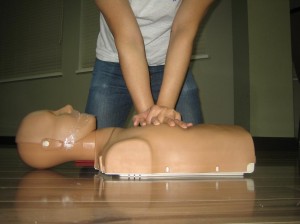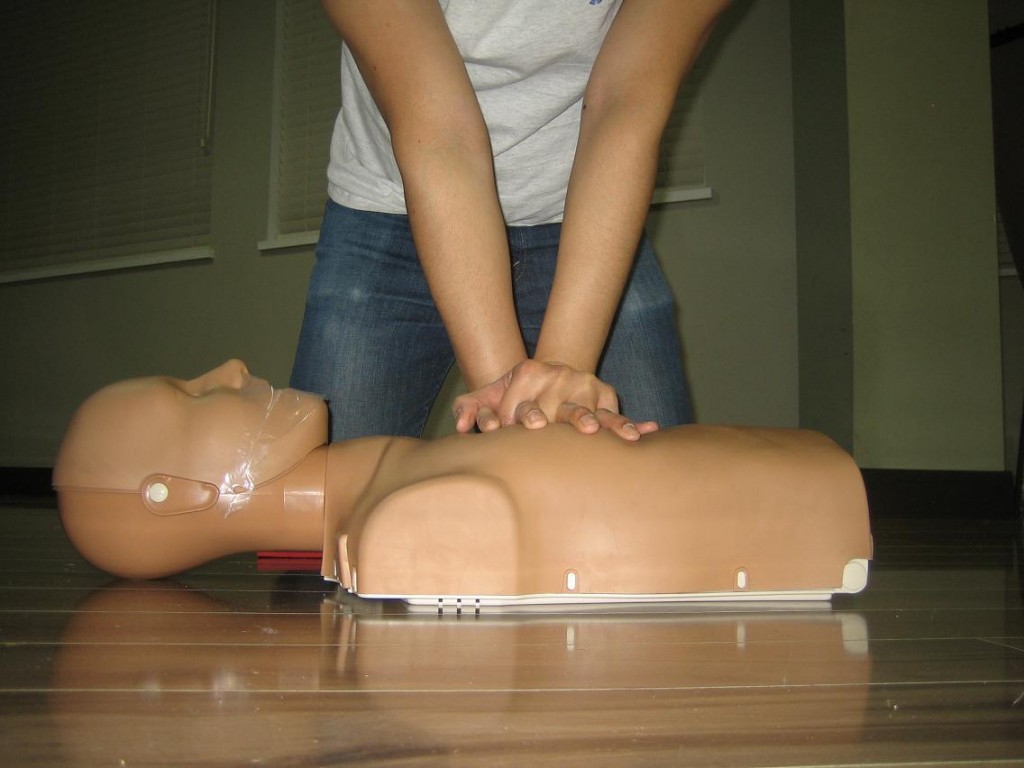According to the Centers for Disease Control and Prevention, traumatic brain injury (TBI) accounts to the growing number of cases resulting in disability and has become a public health concern. A brain injury is a condition where the parts of the brain are injured due to a sudden jolt or blow to the head. While the most common notion about a traumatic brain injury is that it usually occurs in car accidents, it is quite alarming that TBI may also account to disabilities arising from sport related injuries.
The material posted on this page on traumatic brain injuries is for learning purposes only. To learn to recognize and manage head injuries including concussions, spinals and wounds register for a first aid course with one of Canadian training providers.
As a matter of fact, anyone can experience a traumatic brain injury even on falls resulting in the head hitting the floor. Children might also have a TBI when they fall on the swing or fall while ice skating. Accidents can happen anytime and the head is the most vulnerable part of the body that is at risk of sustaining trauma once it gets hit on something hard. Depending on the impact a TBI can become an emergency situation and acting quickly can help you save significant time to prevent further complication and added injury to the head.
Identify the Signs of a Traumatic Brain Injury

It is important to identify the common signs of a TBI. A quick assessment to the person can provide some indication whether the person has sustained brain injuries that merit your immediate response for treatment. A person who sustained a traumatic blow on the head will likely to vomit, bleed and release a fluid discharge to the nose. In certain cases a person may lose consciousness and will manifest an irregular heartbeat. If the person becomes disoriented or shows some paralysis after an accident, it is likely to suspect that the traumatic injury to the head may also involve the spine.
Administering First Aid Management to TBI
For minor head injuries, applying an ice to the affected area will help reduce the swelling. The size of the lump that may appear on the head is most of the time not conclusive as to the extent of the brain injury. Some may show small lumps but may be profusely bleeding internally. It is always best to assess the patient for their motor and mental response. If the patient loses consciousness, make sure to administer cardiopulmonary resuscitation (CPR) once you discover he or she is not breathing. CPR training can help you save life in cases like this and the basic training may not really take long to complete. Make sure to immobilize the person to avoid further injury to the brain and the spine once the condition looks serious. Make sure to call immediate help. When the person starts to vomit and is lying on the floor, turn his back to the side. Do not attempt to remove any debris from the wound as it may result to more complication.
Reference
Centers for Disease Control and Prevention. Injury Prevention & Control: Traumatic Brain Injury. Accesed May 31, 2014 from http://www.cdc.gov/TraumaticBrainInjury/
Better Health Channel. Head Injuries – First Aid. Accessed May 31, 2014 from http://www.betterhealth.vic.gov.au/bhcv2/bhcarticles.nsf/pages/Head_injuries_first_aid

